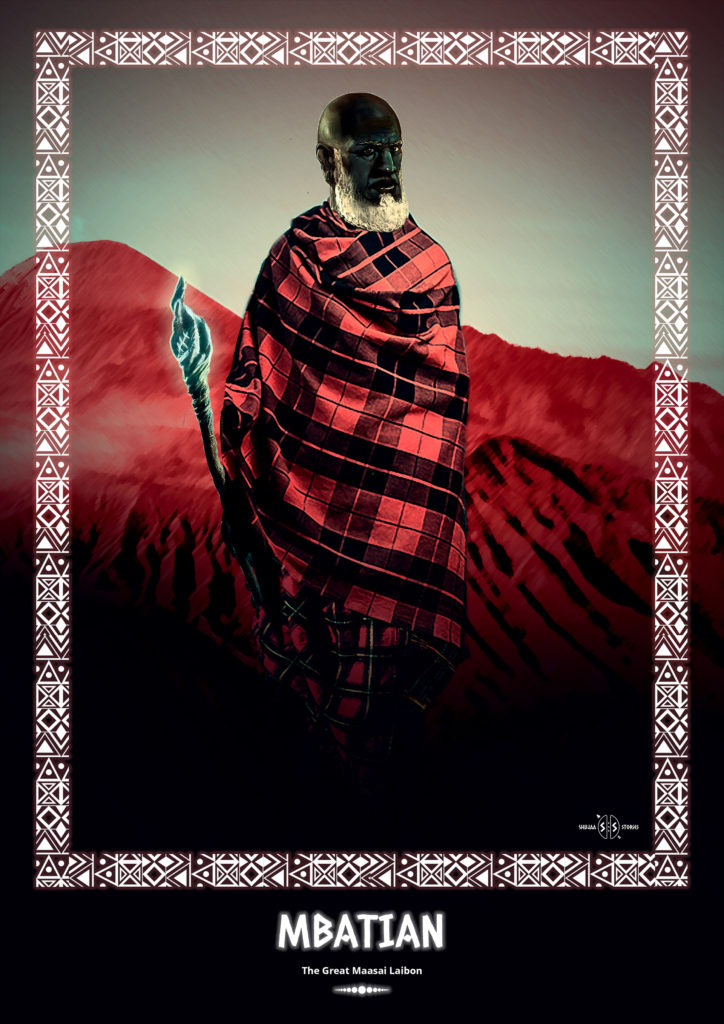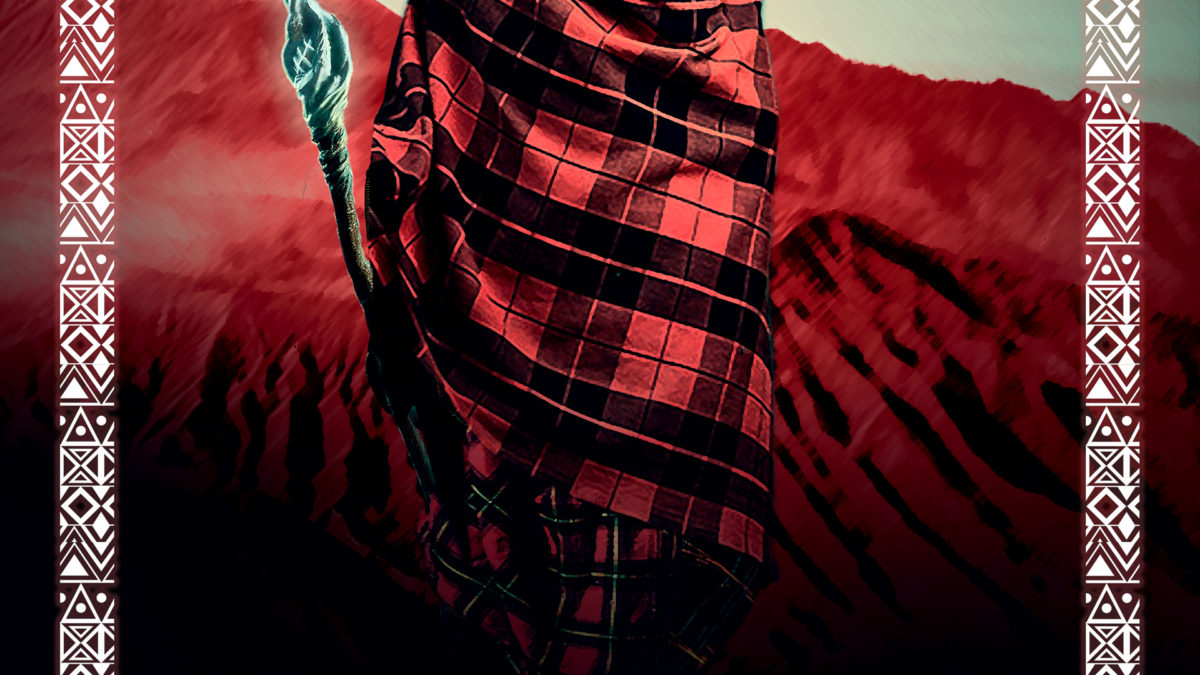
The story of Mbatian the Great begins in the 15th century with two Maasai morans on a hunting mission within the vast plains in Ngong. As the duo trekked through the uneven terrain, they came across a young boy seated atop a hill. This was strange, that a boy was seated there unsupervised and especially because there were no villages nearby. The morans wondered what to do. Taking him along for the hunt was dangerous, but leaving him there was just as dangerous should trouble befall him. The boy had no weapon, no means to defend himself should anything happen.
The morans abandoned the hunt and took the boy back to their village. One of them decided to raise him as his own son; he named the boy Kidongoi. Little did he know that he had made the best decision because his son would become a powerful prophet and medicine man, and the first Laibon (spiritual leader) of the Maasai.
The power of prophecy and healing was passed down genetically from Kidongoi, and a few generations down the line, one of his male descendants inherited this ability. His name was Mbatian (known by some as Batian). Laibons used their power to protect their community by issuing warnings of impending disasters and offering guidance during war. The Maasai revered them for their wisdom and regarded them as the community’s spiritual leaders. While a Laibon’s position was not political, he wielded supreme influence and power through his role as chief medicine-man, diviner, and prophet of the Maasai people.
Mbatian ole Supeet hailed from Mataparo village in Kajiado. He became a Laibon is 1866 and ruled for 24 years. To date, he is regarded as the greatest of the Laibons to have ever lived. Mbatian’s tenure marked a period of tranquility, prosperity, expansion and great unity among the Maasai. The community’s reputation as firesome warriors spread far and wide, and their territory extended from the shores of Lake Turkana to Mount Meru in Arusha. Under his leadership, the Maa sub communities united, even warring clans like the Ilnkisongo living in present day Tanzania and parts of Kenya and the Ilpurko from Narok and Kajiado Counties.
Mbatian married two wives who bore him two sons: Senteu who was older and Olonana (corrupted to Lenana in English) who was younger. When the two boys grew up, Lenana went on to succeed his father as Laibon after tricking his brother and getting Mbatian’s blessing.
Many of Mbatian’s prophecies came to pass during and after his lifetime. He foretold the coming of an iron snake that would split Maasailand into two – a prophecy that would be fulfilled before his death in 1890. He cautioned his people not to move from their ancestral lands lest they die of smallpox. Mbatian also forewarned the Maasai that they would have to fight a powerful enemy but would lose the war.
After his death, Mbatian was buried at Oldonyo Orok (Black Hill) in Namanga Hills. This great Laibon is not only remembered through story, he is also immortalized as Point Mbatian: the highest peak on Mount Kenya and the highest point in the whole country.
#ShujaaStories




